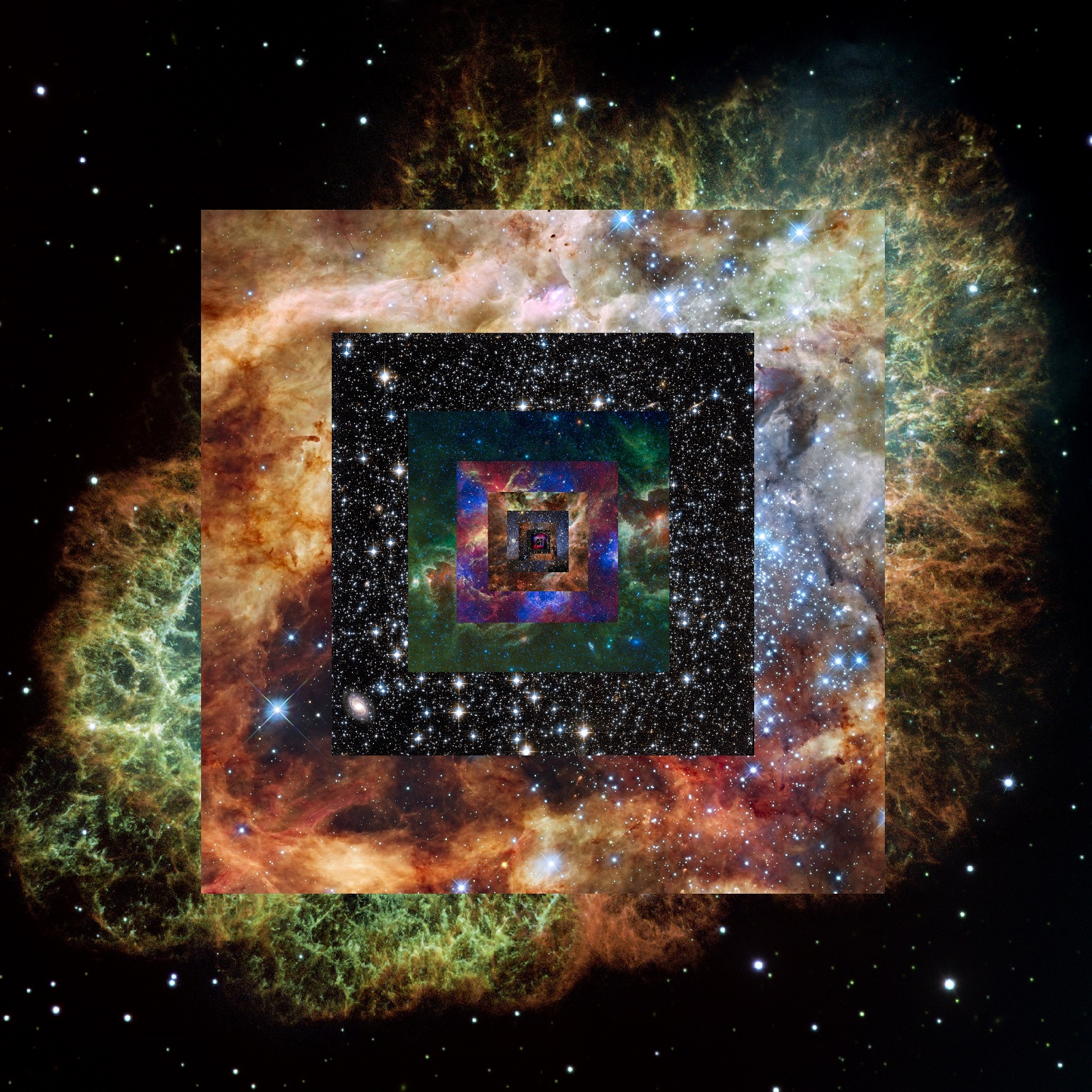
Deep in the annals of American folklore lies the enigmatic and perplexing tale of the Mothman, a legendary creature that has captivated the imaginations of enthusiasts and skeptics alike for decades. Since its first alleged sighting in the mid-1960s, the Mothman has sparked endless debate, inspired works of fiction, and triggered countless investigations into its existence. Is the Mothman simply a product of human imagination or something more? This comprehensive, research-based exploration delves into the origins, sightings, and theories surrounding the Mothman phenomenon, all while examining the cultural impact it has had on popular consciousness.
I. The Origins of the Mothman Legend
The Mothman story originates from the small town of Point Pleasant, West Virginia. The first recorded sighting occurred on November 15, 1966, when five men reported seeing a large, winged creature soaring above a cemetery. Soon after, on November 16, two young couples, Roger and Linda Scarberry and Steve and Mary Mallette, claimed to have encountered the creature near the abandoned TNT factory known as the “McClintic Wildlife Management Area.” Described as a humanoid figure with glowing red eyes, a ten-foot wingspan, and the ability to fly at incredible speeds, the Mothman quickly became a local sensation.
As word spread, more sightings were reported in and around Point Pleasant, culminating in the tragic collapse of the Silver Bridge on December 15, 1967. The disaster, which claimed the lives of 46 people, was soon linked to the Mothman sightings by locals and enthusiasts, who believed the creature was an ominous harbinger of doom.
II. The Mothman Phenomenon: Sightings and Stories
The initial encounters in Point Pleasant were merely the beginning of the Mothman phenomenon. Sightings continued throughout the 1960s and beyond, with reports of encounters in various locations across the United States and even internationally.
Some of the most notable sightings include:
- The 1967 Chicago Mothman sightings: A series of encounters were reported around the Chicago area, with witnesses describing a creature similar in appearance to the Mothman of Point Pleasant.
- The 1978 Freiburg, Germany sighting: A group of miners reportedly encountered a large, winged creature with glowing red eyes that emitted a deafening screech, causing them to flee in terror.
- The 2000 South Texas Mothman sighting: A police officer claimed to have seen a large, winged creature flying over a rural highway in South Texas.
- The 2017 Chicago Mothman flap: In what has been dubbed the “Chicago Mothman flap,” over 50 reported sightings of a large, winged humanoid were documented throughout the Chicago area in 2017.
III. Theories and Explanations: What Could the Mothman Be?

As the Mothman legend has grown, so too have the theories attempting to explain its existence. While some firmly believe in the creature’s supernatural or extraterrestrial origins, others offer more grounded explanations rooted in the natural world.
- Misidentified Wildlife: One of the most prevalent theories suggests that Mothman sightings can be attributed to misidentified large birds, such as sandhill cranes, herons, or owls. Some proponents of this theory argue that the glowing red eyes often reported in sightings are a result of eyeshine, a phenomenon caused by the reflection of light off the tapetum lucidum, a layer of tissue in the eyes of many vertebrates.
- Hoaxes and Mass Hysteria: Another possibility is that the Mothman sightings are a combination of hoaxes and mass hysteria. With the media attention garnered by the initial sightings in Point Pleasant, it is plausible that pranksters and copycats began to fabricate encounters, contributing to the growing legend. Mass hysteria, fueled by fear and anxiety, could also lead individuals to misinterpret ordinary events or objects as the Mothman, perpetuating the phenomenon.
- Supernatural or Extraterrestrial Origins: For those who believe in the Mothman’s paranormal nature, theories range from the creature being an interdimensional being, a cryptid (an undiscovered animal), or an extraterrestrial visitor. Proponents of these theories often point to the strange coincidences and unexplained events surrounding Mothman sightings, such as the Silver Bridge collapse and other alleged precursors to disasters.
- Psychological Factors: Some researchers suggest that Mothman sightings may be the result of psychological factors, such as pareidolia (the tendency to perceive meaningful patterns or connections in random stimuli) or sleep paralysis (a condition in which individuals experience temporary paralysis and vivid hallucinations upon waking or falling asleep). These psychological phenomena could lead people to perceive ordinary events or objects as encounters with the mysterious Mothman.
IV. The Cultural Impact of the Mothman Legend
Regardless of its true nature, the Mothman has had a significant cultural impact since its first appearance in the 1960s. The creature has been the subject of numerous books, films, television shows, and documentaries, most notably John Keel’s 1975 book, “The Mothman Prophecies,” and the 2002 film adaptation starring Richard Gere.
The Mothman has also become a symbol of the town of Point Pleasant, where the Mothman Museum and Research Center and an annual Mothman Festival draw thousands of visitors each year. The festival, which began in 2002, features guest speakers, Mothman-themed events, and a variety of vendors selling Mothman-related merchandise.
V. Conclusion
The Mothman remains an enigmatic and enduring figure in American folklore, inspiring both fear and fascination in equal measure. Whether it is a misidentified animal, the product of mass hysteria and hoaxes, or something far more mysterious, the Mothman phenomenon continues to captivate the public imagination. As long as sightings persist and curiosity endures, the legend of the Mothman will live on, serving as a reminder of the human desire to seek answers to the unexplained.



